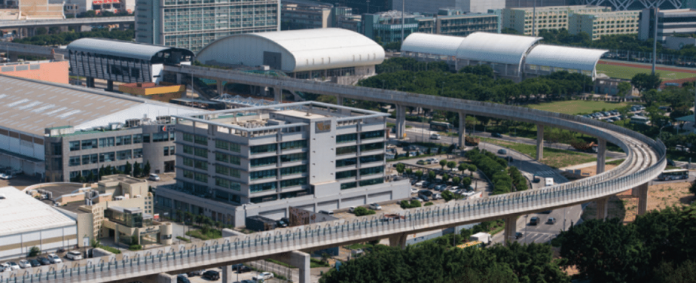Since almost the very beginning, doubts and unanswered questions popped up in the media and citizens’ talk. In mid-2011, the first report on the matter by the Audit Commission (CA) was released. The report contained some startling statements and conclusions – and confirmed that the concerns voiced by many were not just idle speculation or rumour.
First, the report established that the department in charge could not provide an estimate of the total investment. Further, no proper internal accounting and documenting procedures seemed to exist. If that was not odd enough, the report goes on to declare that between 2008 and 2010 most of the investment activities contracted out had no provision in the region’s Budget – to be more precise, ‘almost 90 per cent’ of them. Candidly, the CA report concluded that costs were hardly controllable and the government could not anticipate future financing requirements.
Under these conditions, one is bound to ask how the figures included in the budget for those years were determined, and on which authority and legal support were they executed? The report has an answer for that. Funds were repeatedly moved from other budget lines, with a frequency and scope that fell beyond the conditions legally set for such exceptional transfers. In other words, all operation was conducted outside the confines of applicable administrative and public finance norms – and that’s as politely as that can be said.
A second CA report was released in late 2012. One of its aims was to check if the recommendation included in the first one had been taken on board. Instructions were conveyed to staff and contractors that costs had to be controlled. However, no written guidelines or formal control procedures were set. The budgeting process was still found wanting, both in method and, nor surprisingly, accuracy. As a rule, the contracts awarded diverged notably from the values estimated for those specific activities. In an exercise of supreme understatement, the CA concludes that management difficulties persist, and so do risks of unlawfulness.
In the third report, from early 2015, the budgeting procedure is still faulted. No estimates existed for the various alternatives then under discussion. Without that information, the CA asks pertinently, how can the government decide and society judge? The most peculiar reference in this report concerns the approach adopted to avoid future cost deviations. The department stopped making estimates, as their revision might be ‘miscomprehended by the public!’ But it would promptly update the figures for the actual costs of execution – budgeting a posteriori, which is indeed a novel approach in public finance.
Meanwhile, costs have ballooned, jumping from 4.2 billion patacas (2007 announcement) to almost 15 billion patacas. However, as the fourth report (July 2018) states, less than half of the tracks are in place – and it is not clear how much costs are yet to budget appropriately.
We can say this project was never on track, financially or operationally. More than a decade after its announcement, seven years and four CA reports later, and it appears no-one thought the matter worthy of pursuing further. What message does this all convey to the public, the economic agents and, not least, about the public services?
























